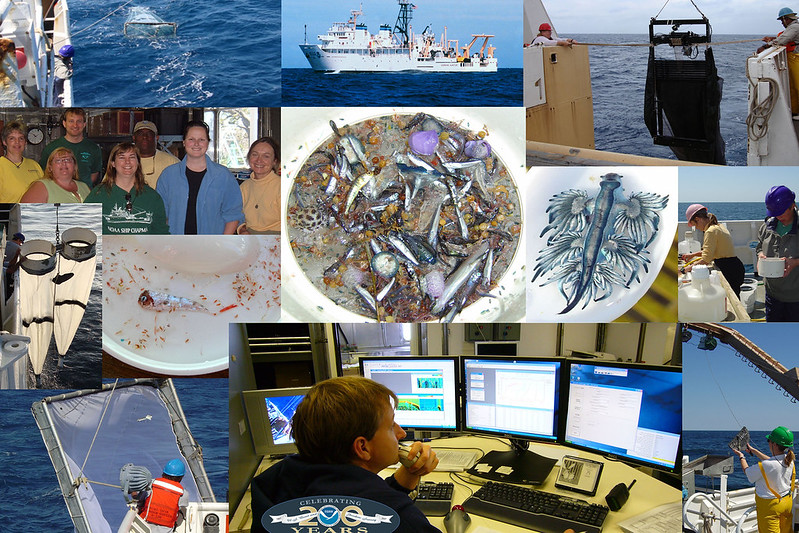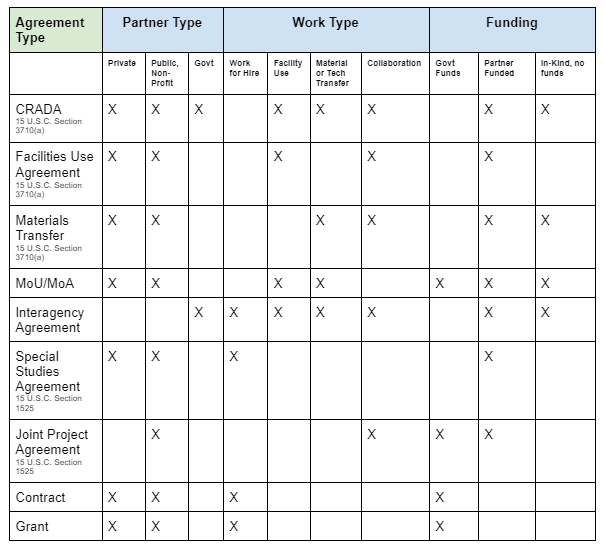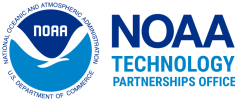Getting Started
Step 1: Identify Partners
An effective research partnership should be mutually beneficial for all parties in the agreement. Consider the skills needed and who will provide what capabilities under the collaboration. We have provided this list of NOAA’s Labs and Science Centers as a good starting point for companies to learn more about NOAA and the research and development we are conducting.
TPO can help NOAA staff to solicit proposals from potential partners when there is no clear single domestic company that may address the needs.

Step 2: Determine if Funds are Required
Once you have your partners identified, the next step is to see if funding is required from one or both parties. Many research agreements can be performed using in-kind resources and do not require a procurement to execute. The time and level of effort vs the expected outcomes of the project will determine if funds need to be associated with the agreement. The need for funding will also determine which authority and which type of agreement will be used for your partnership.
TPO staff will gladly consult with NOAA PIs ahead of a prospective partnership and provide advice.

Step 3: Pick An Agreement Type
Depending upon the activity and the need for funding, certain agreements will be available to you for consideration. One agreement type that is available to all NOAA offices is the Cooperative Research and Development Agreement or CRADA.
CRADAs are an excellent agreement for in-kind, mutually beneficial research and development activities. However, CRADAs may also be used for temporary access to NOAA’s specialized facilities and other uses.
TPO can help you to determine the best agreement type and assist when consulting with NOAA General Counsel.

CRADAs: A Primer for NOAA Staff
A Cooperative Research and Development Agreement, or CRADA, is a written agreement between a private U.S. company, university, or other entity, and a NOAA Laboratory or Science Center to work together on a collaborative R&D project. CRADAs are an important tool used by NOAA laboratories to engage in collaborative efforts with non-federal partners to achieve the goals of advancing our mission capabilities and encouraging technology transfer. A CRADA allows NOAA and non-Federal partners to maximize their resources by sharing technical expertise in a protected environment. Intellectual property emerging from the effort is similarly shared, which speeds the commercialization of any resulting technology.
Under a CRADA, NOAA may contribute staff, facilities, expertise, and intellectual property to a collaboration, but not funding The CRADA, which is not an acquisition or procurement vehicle, is designed to be a relatively easy mechanism to implement, requiring less time and effort to initiate than previous methods for working with non-government organizations. The CRADA is also intended to take into account the needs and desires of private industry when commercializing a product.
A CRADA can:
- Provide incentives that help speed up the commercialization of NOAA developed technology.
- Protect any propriety information brought to the CRADA effort by the partner.
- Allow all parties to keep research result emerging from the CRADA confidential and free from disclosure through the Freedom of Information Act for up to five years.
- Allow NOAA and the partner to share patents and patent licenses.
